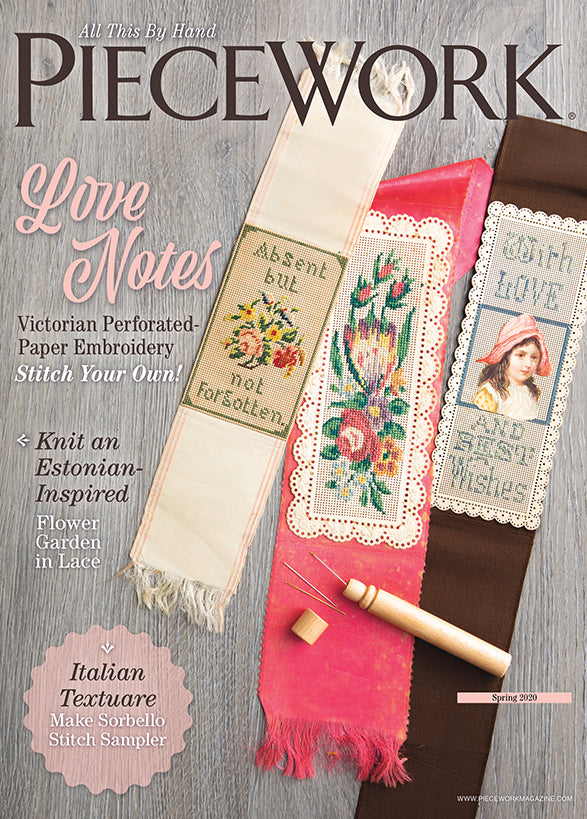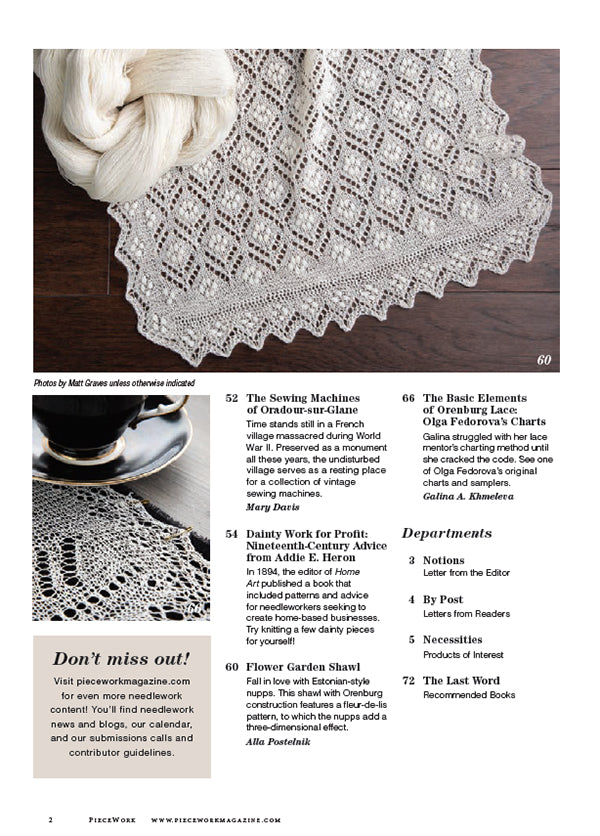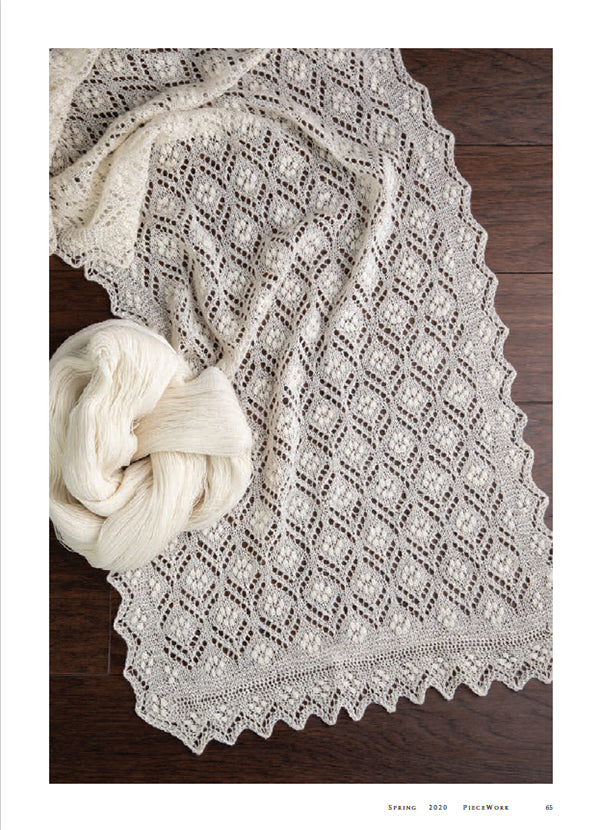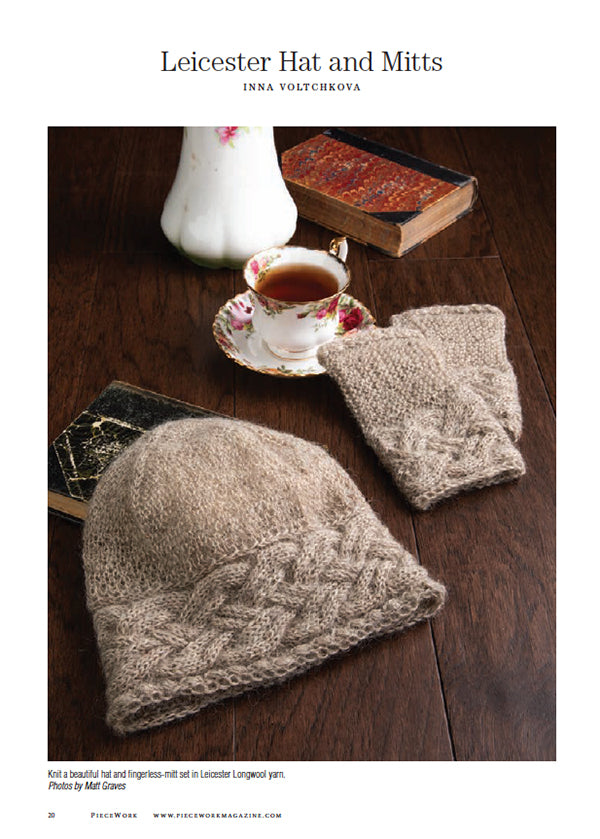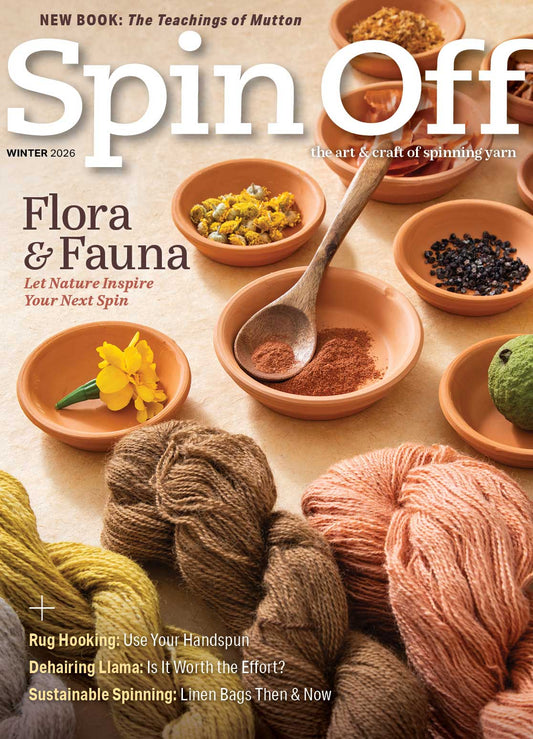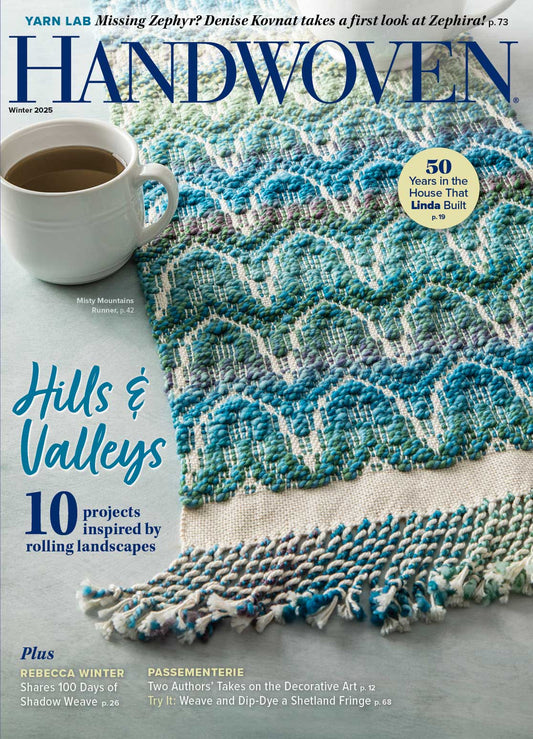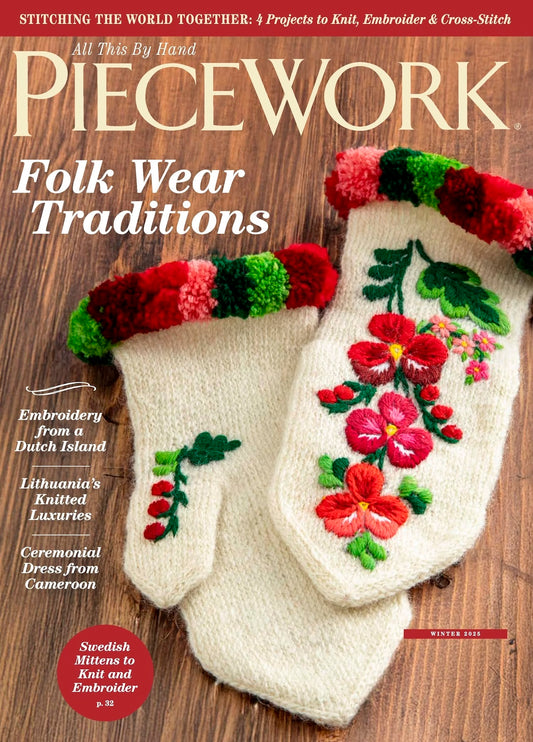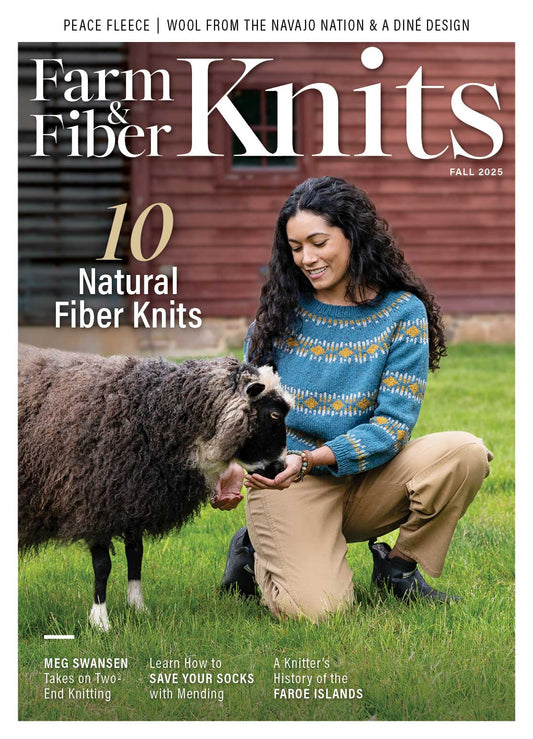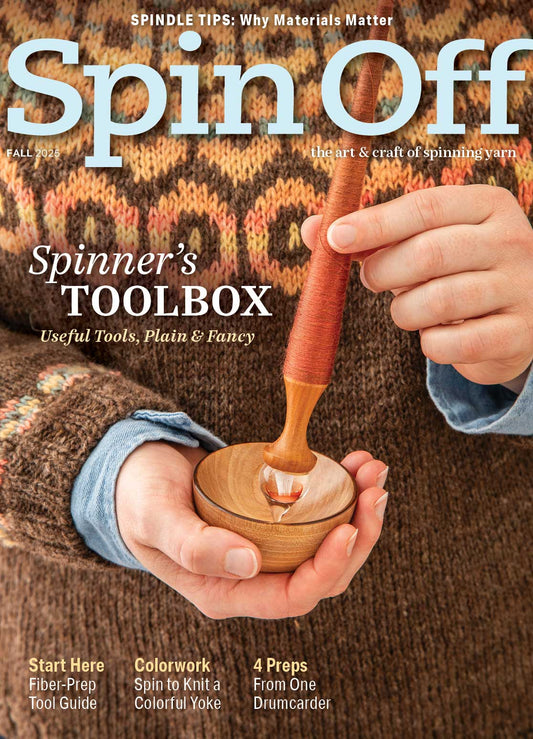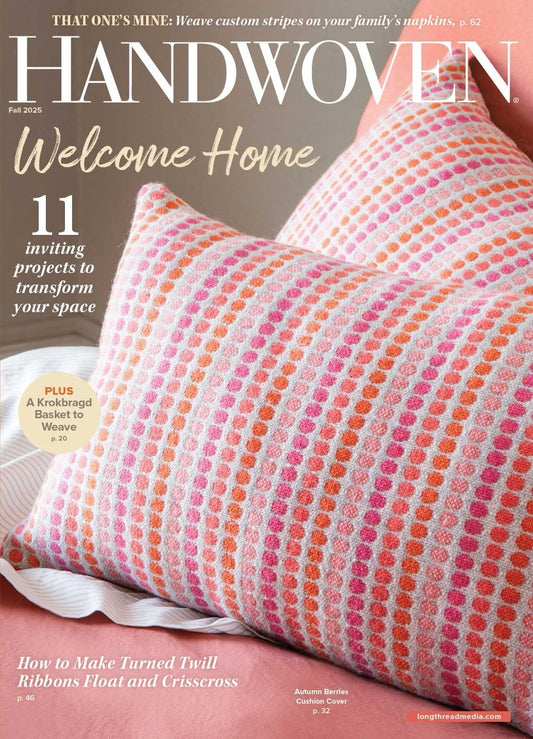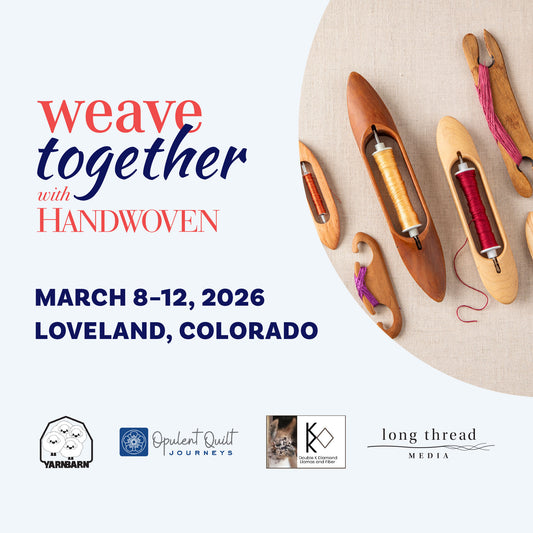Long Thread Media
PieceWork Spring 2020
Couldn't load pickup availability
- Read about the brave men and women who supported Belgian lacemakers during World War I.
- Discover how the first First Lady of the United States found comfort in her needlework.
- Reconsider crepe paper, which was once regarded as a versatile fabric.
- Inside find 11 projects to knit and stitch.
Contents
-
A Stitch in Time: Sorbello Stitch. Have you tried this textured Italian stitch? Deanna shows you how to execute this embroidery stitch, which is part of the knot/looped- stitch family. By: Deanna Hall West
-
A Most Valuable Fabric: Crepe Paper in the Early Twentieth Century. Now used primarily for party streamers, crepe paper was once regarded as an endlessly versatile fabric. By: Beverly Gordon
-
Sewing with Martha Washington. The first First Lady relied on needlework for comfort during difficult times. Discover Martha’s needlework and more about her life. By: A. K. Fielding
-
Leicester Hat and Mitts. Meet Leicester Longwool, a breed of sheep dating back to the eighteenth century. Cast on this fetching pair of mitts and hat with an unusual Russian textured stitch and discover the timeless luster of this English breed. By: Inna Voltchkova
-
Forget-Me-Nots from the Victorian Age: Perforated- Paper Embroidery.
The enduring charm of paper met embroidery during the Victorian era. Uncover the history of needlework crafts made with perforated paper and colorful threads. By: Irina Stepanova -
Victorian Bookmark. Re-create a Victorian-era embroidered bookmark on an unusual ground material: perforated paper. This replica, based on a bookmark from the designer’s personal collection, provides a starting point for your own exploration of this vintage technique. By: Irina Stepanova
-
Honor Expressed in Beads: Great Lakes Indian Bandolier Bags. Discover the history and tradition of bead-embroidered honorific bags created by the tribes of the Great Lakes region. Read about the techniques, materials, and floral designs sure to inspire your stitching. By: Beverly Gordon
-
Cheque Oitedie: Precontact Colors. In this excerpt from the book True Colors, learn about traditional Ayoreo bag-making in South America. Crafted with a needle- looping technique from hand- dyed, handspun fibers, each bag’s pattern is associated with one of seven clans. By: Keith Recker
-
War, Lace, and Survival in Belgium During World War I. Learn about a group of people spanning continents who supported Belgian lacemakers and their art during the destruction of World War I. By: Evelyn McMillan
-
The Sewing Machines of Oradour-sur-Glane. Time stands still in a French village massacred during World War II. Preserved as a monument all these years, the undisturbed village serves as a resting place for a collection of vintage sewing machines. By: Mary Davis
-
Dainty Work for Profit: Nineteenth-Century Advice from Addie E. Heron.
In 1894, the editor of Home Art published a book that included patterns and advice for needleworkers seeking to create home-based businesses. Try knitting a few dainty pieces for yourself! -
Flower Garden Shawl. Fall in love with Estonian-style nupps. This shawl with Orenburg construction features a fleur-de-lis pattern, to which the nupps add a three-dimensional effect. By: Alla Postelnik
-
The Basic Elements of Orenburg Lace: Olga Fedorova’s Charts. Galina struggled with her lace mentor’s charting method until she cracked the code. See one of Olga Fedorova’s original charts and samplers. By: Galina A. Khmeleva
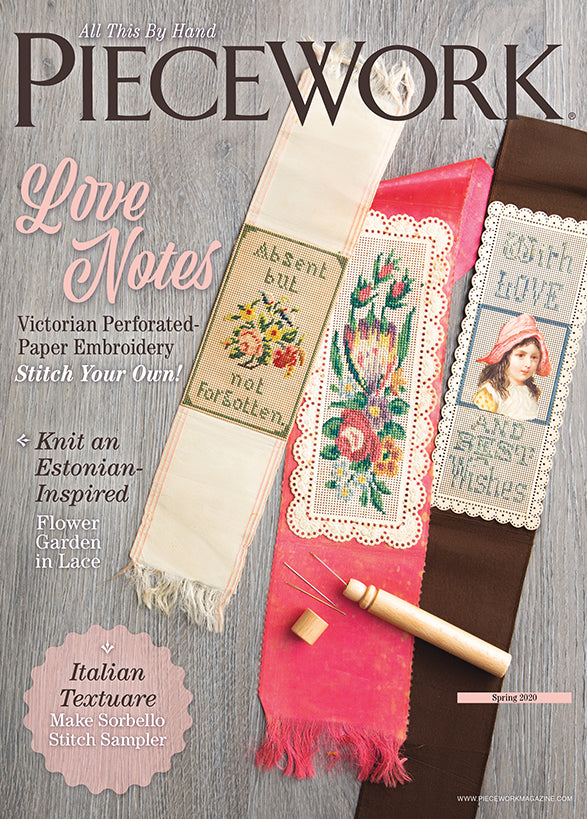
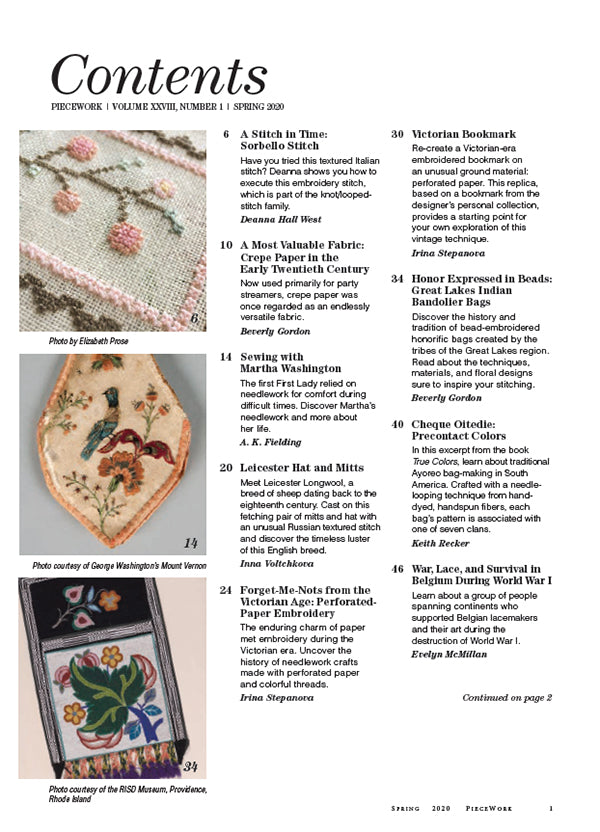
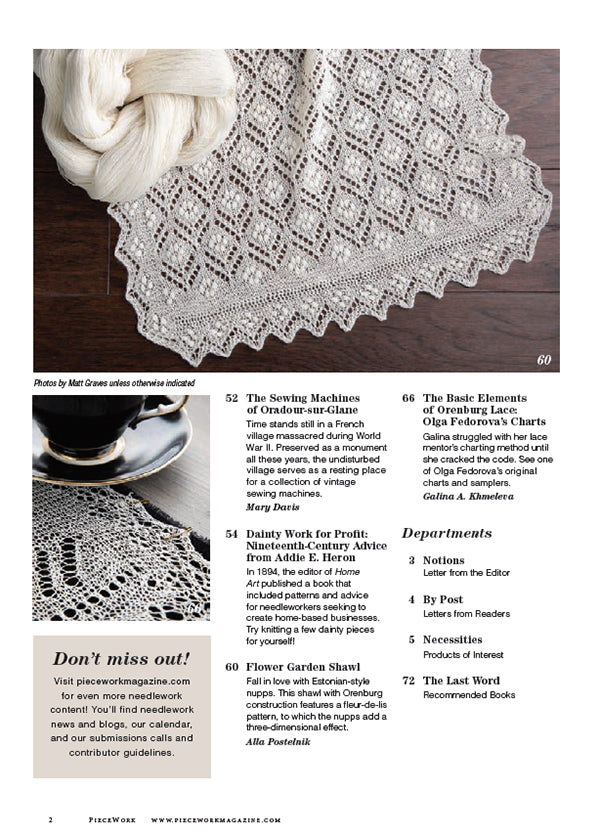
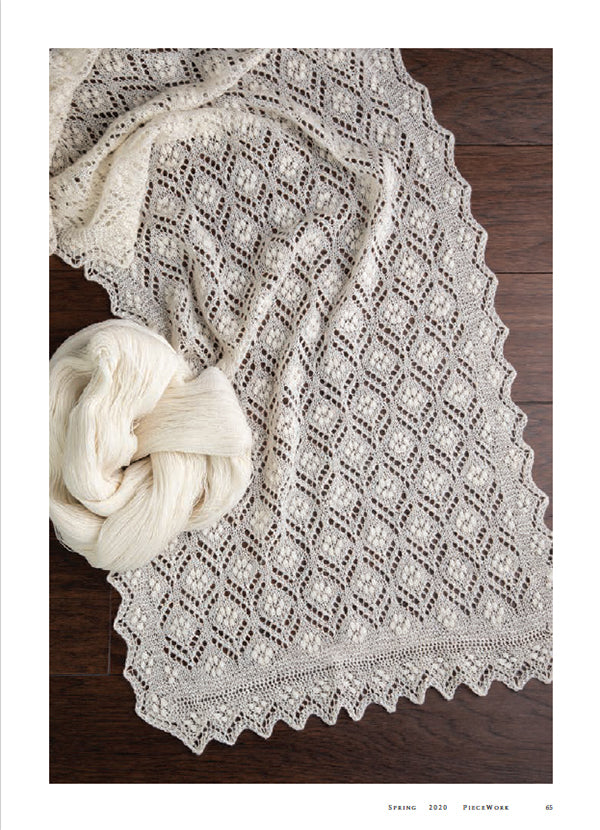
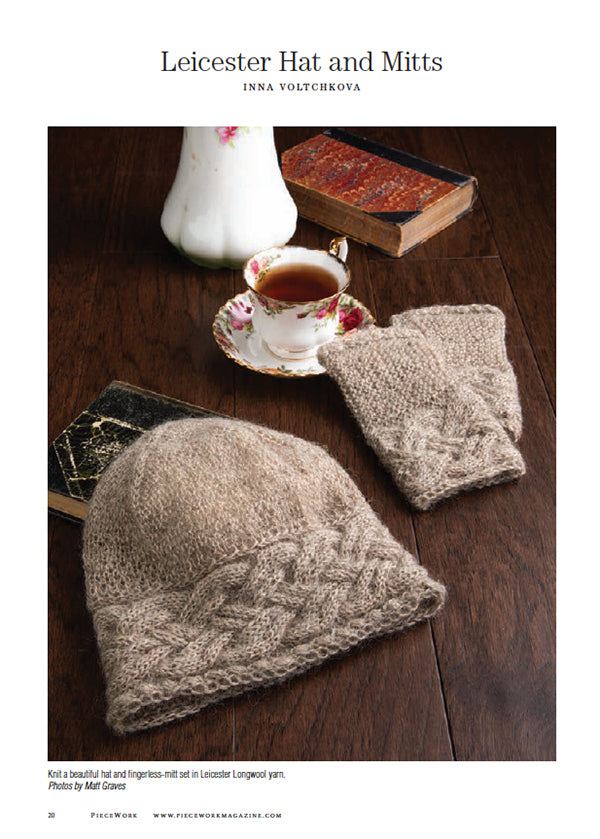
New items
-
Spin Off Winter 2026
Regular price $14.99 USDRegular priceUnit price per -
Handwoven Winter 2025
Regular price $9.99 USDRegular priceUnit price per -
PieceWork Winter 2025
Regular price $9.99 USDRegular priceUnit price per -
Easy Weaving with Little Looms Winter 2025
Regular price $14.99 USDRegular priceUnit price per -
Farm & Fiber Knits Fall 2025
Regular price $14.99 USDRegular priceUnit price per -
Spin Off Fall 2025
Regular price $9.99 USDRegular priceUnit price per -
Handwoven Fall 2025
Regular price $9.99 USDRegular priceUnit price per -
Weave Together with Handwoven (Loveland, Colorado | March 8-12, 2026)
Regular price From $2,599.99 USDRegular priceUnit price per

